The Starting Point Learning Center - Franklin County – Central Region
Starting Point is a first-year grantee partnering with the FACCES Urban garden and OSU Extension program, Urban Roots. This gives their youth the opportunity to experience hands-on and immersive learning that focuses on food, agriculture, the environment, and related technologies in their lives. Activities teach the youth about growing their own food, understanding its origin, and exploring various career paths in these fields. This empowers youth with essential knowledge and skills, fostering a deeper connection between education and real-world applications in the realms of food production, agriculture, and environmental stewardship.

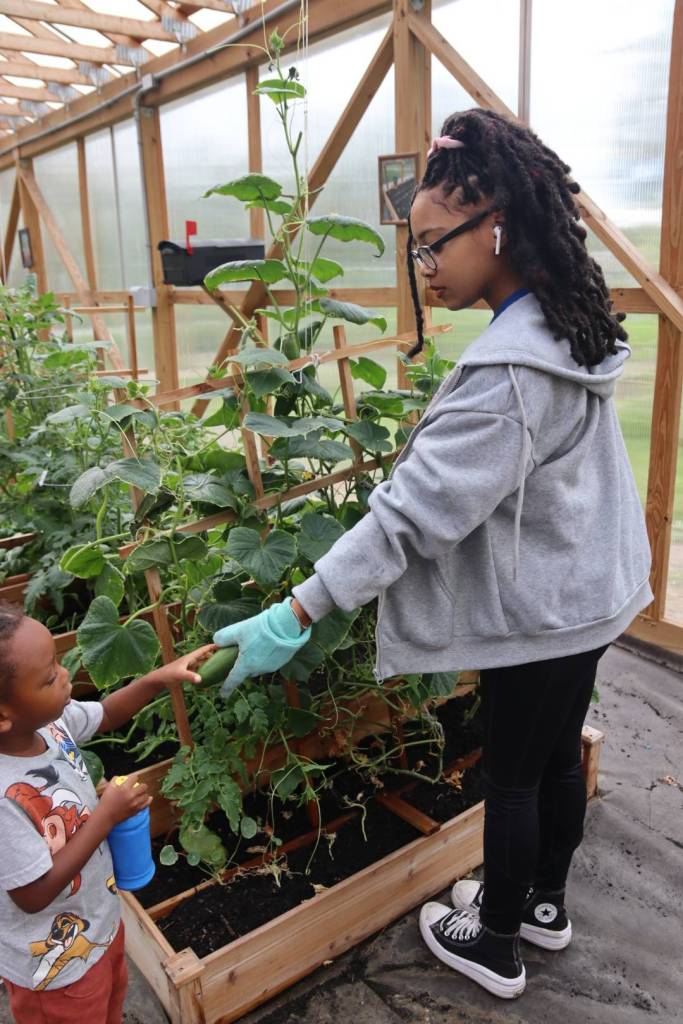
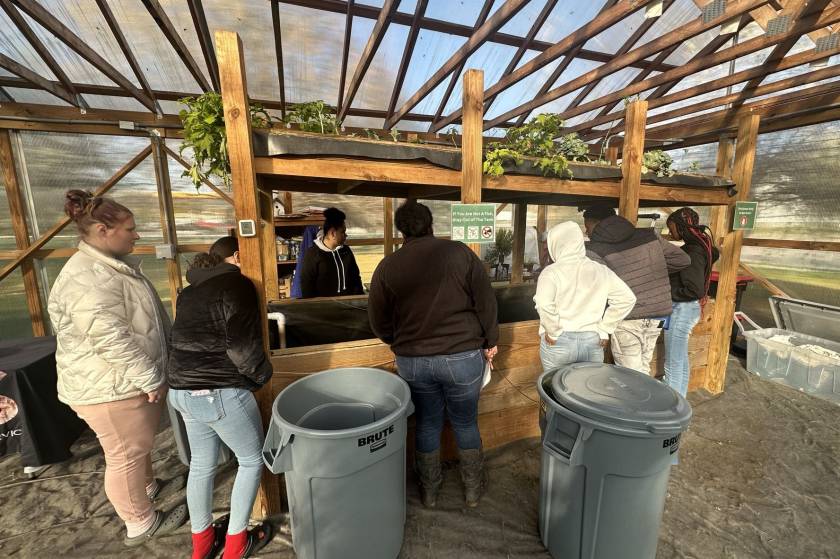
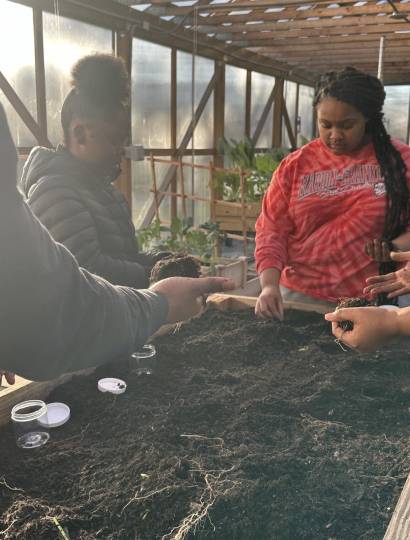

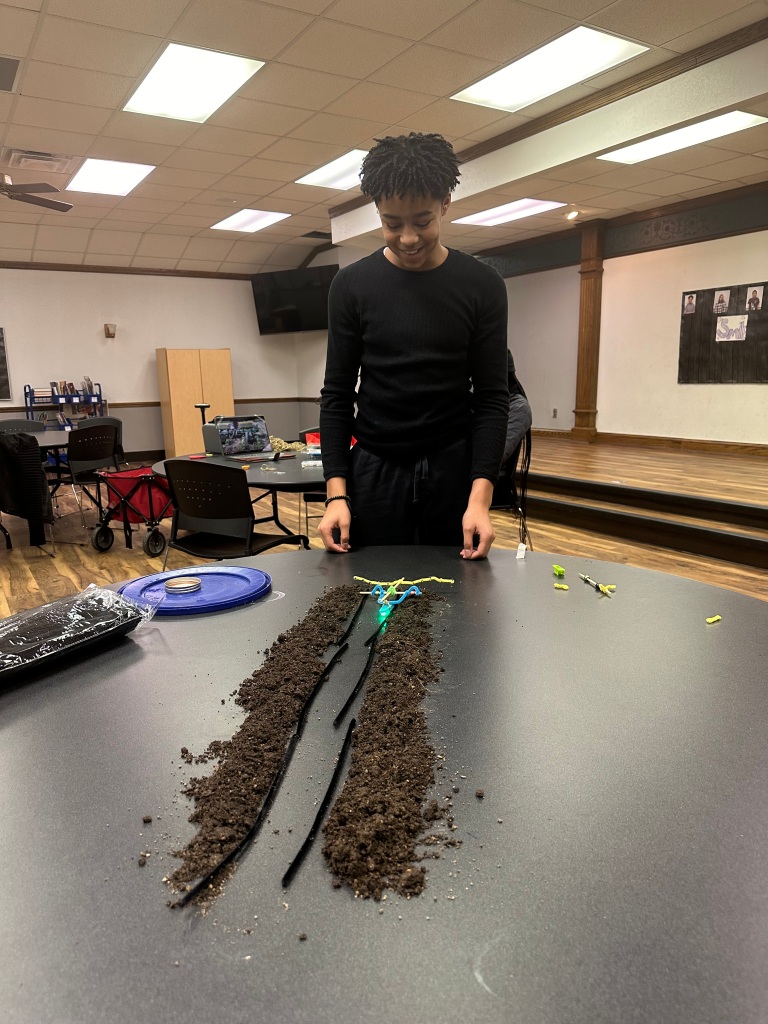
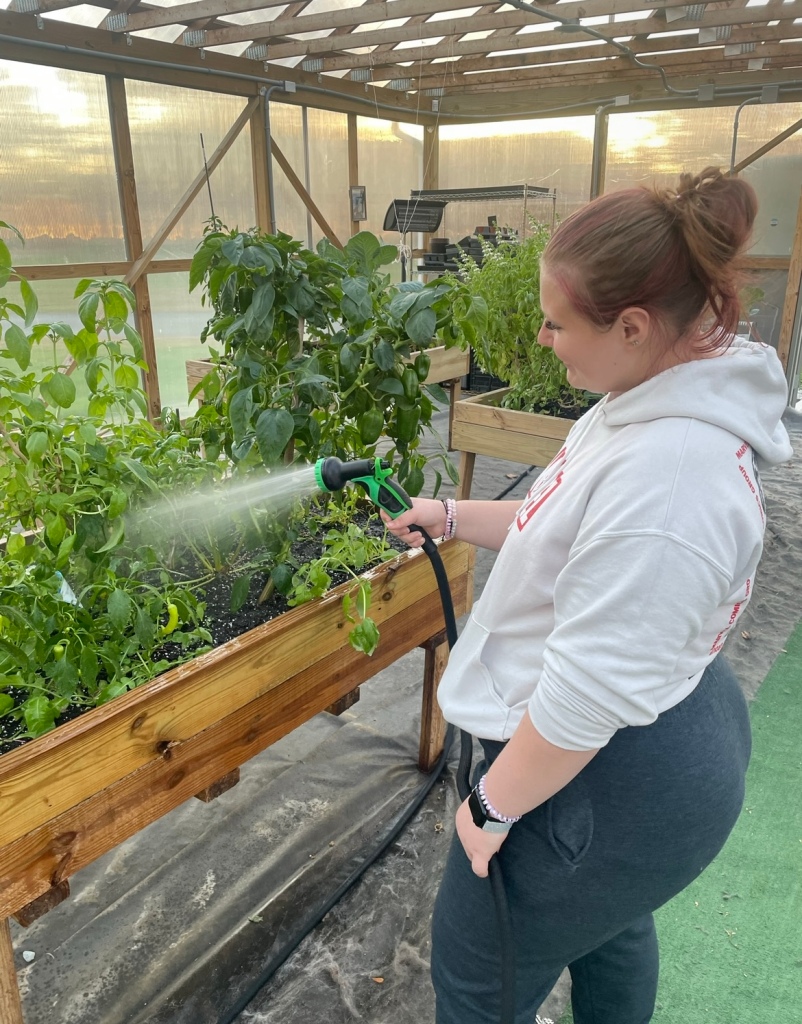
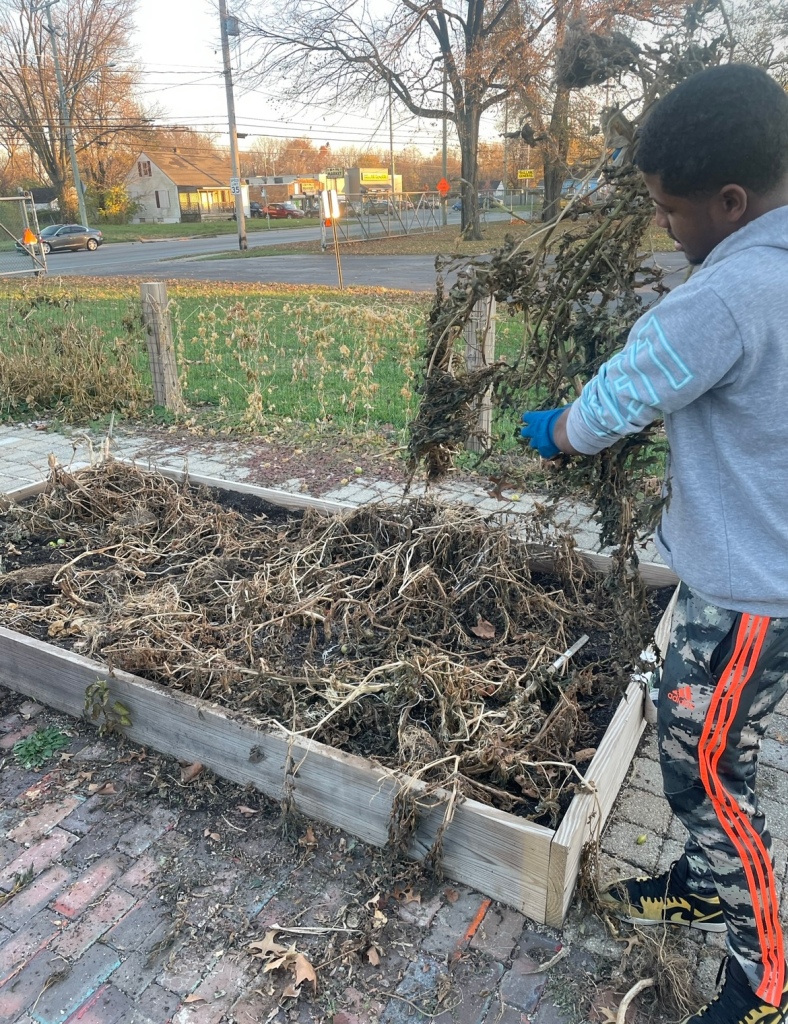
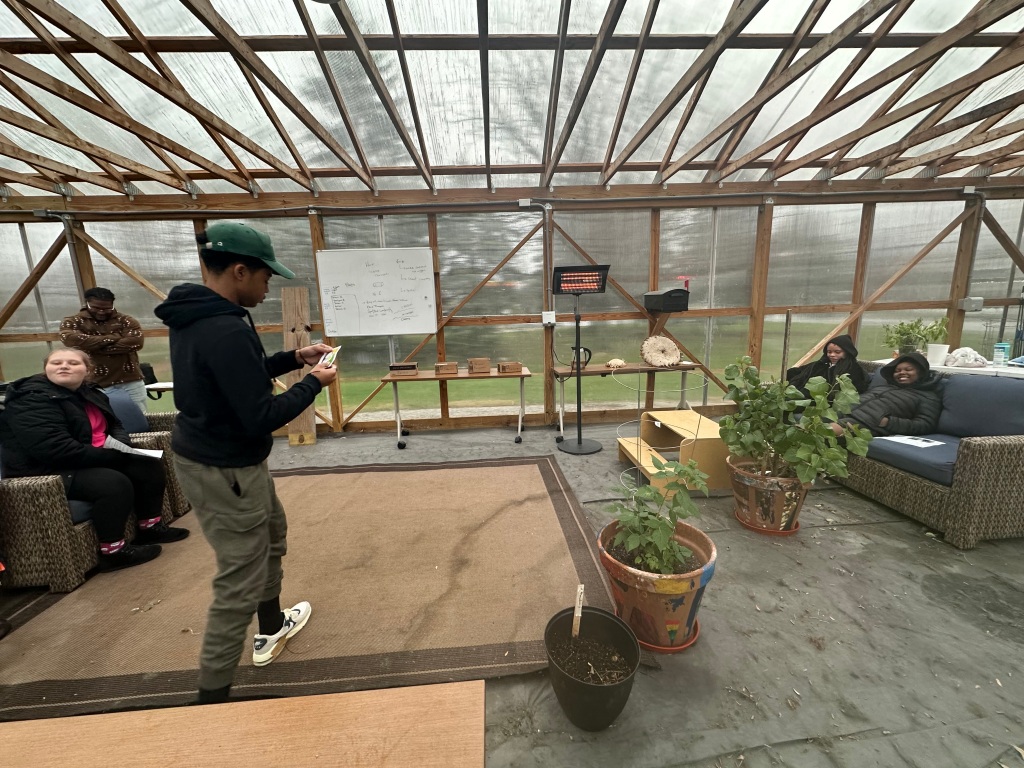
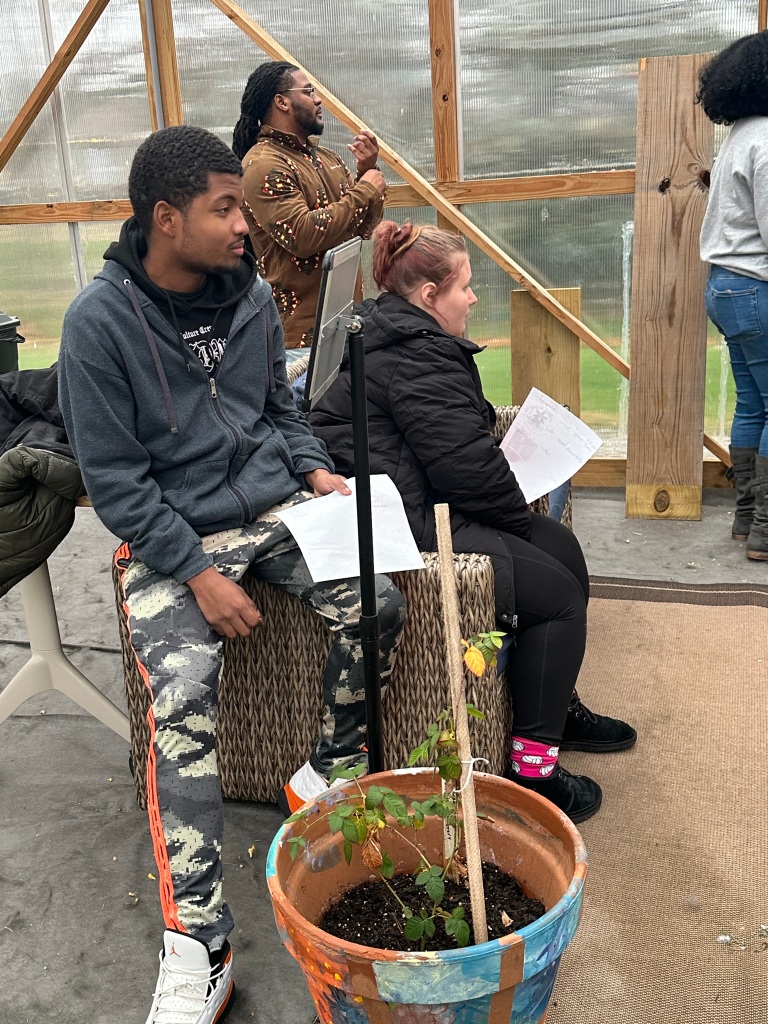
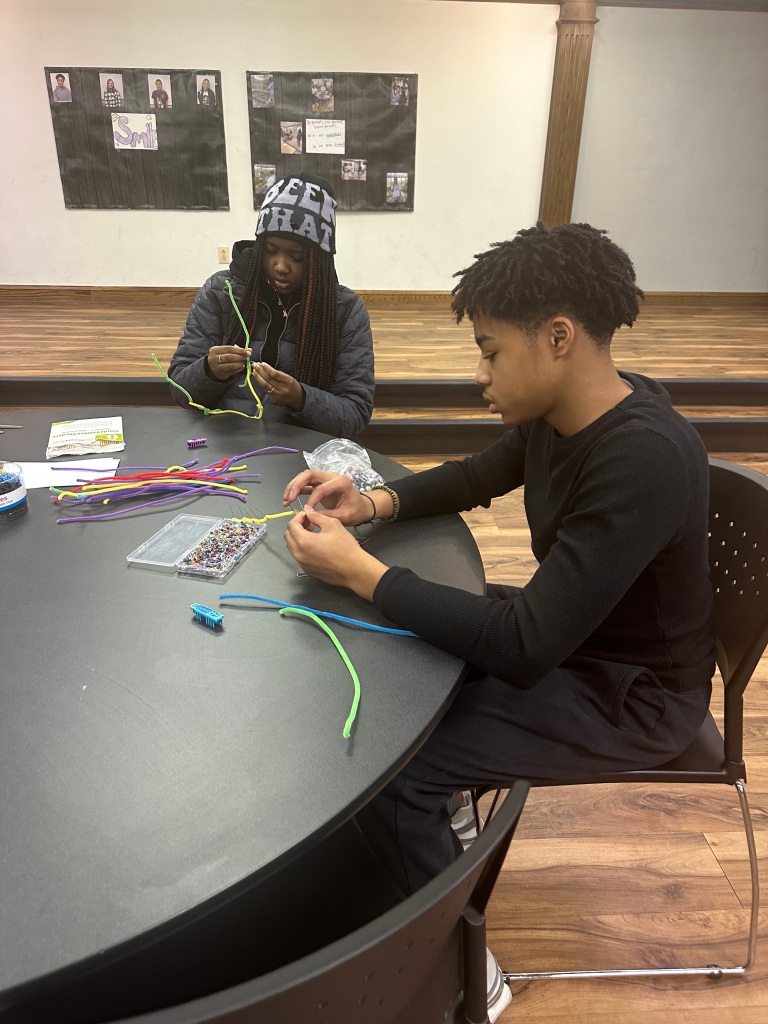
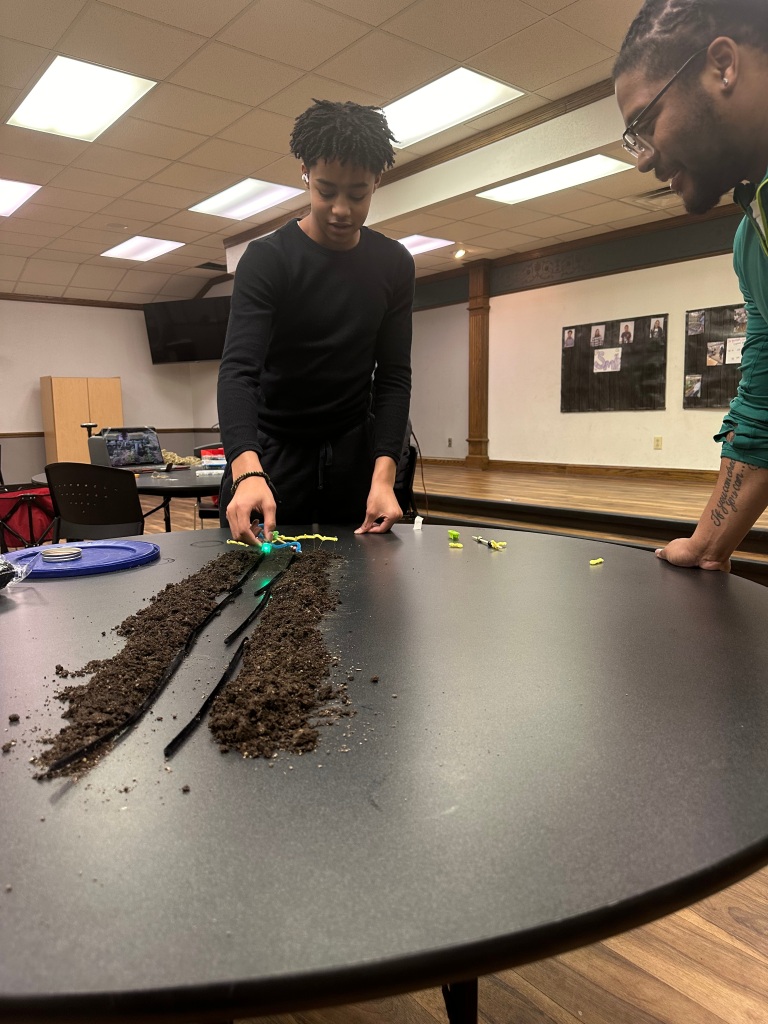
Connexion West - Fairfield County – Central Region
This is another new grantee operating out of Lancaster High School. The students at Connexion Club have been working hard on their entrepreneurship skills. Students are shown below taking turns “pitching” their products during individual presentations during afterschool hours.
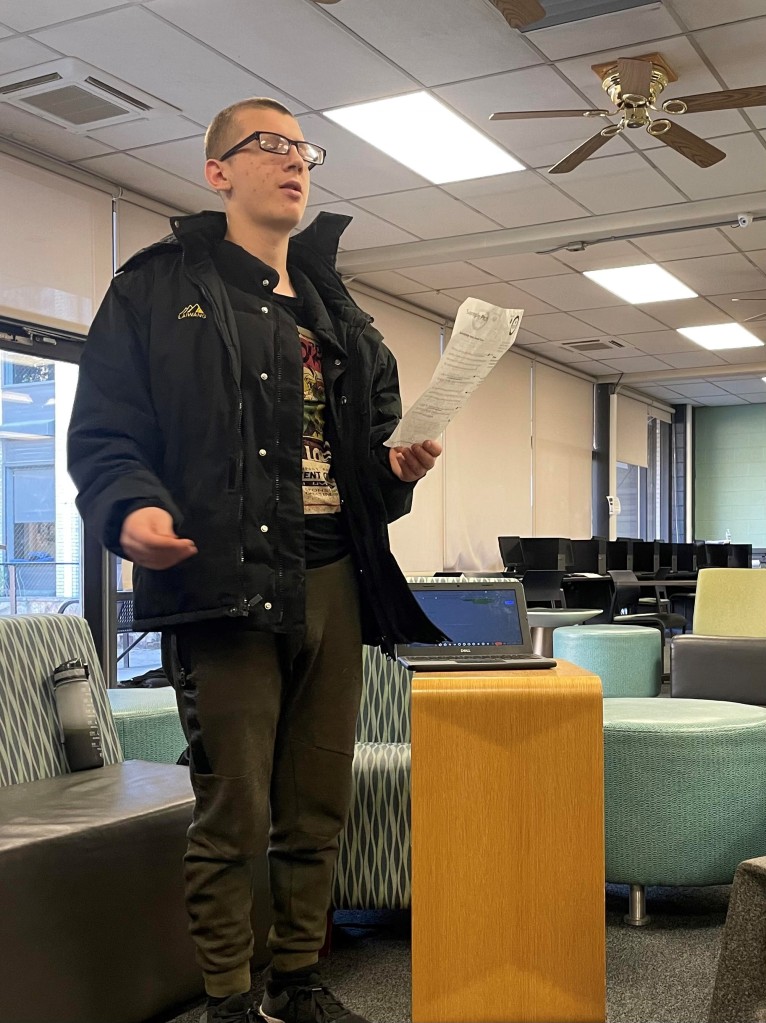
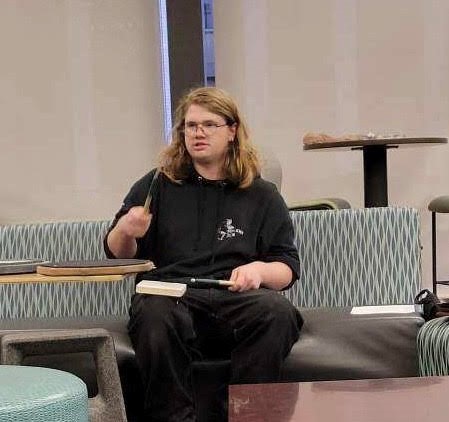
In addition to entrepreneurship time, this program started a new yoga mindfulness practice provided by a local community partner! Students were well-engaged, given prompts for them to journal and reflect on their days and their movement. Students are looking forward to them returning.
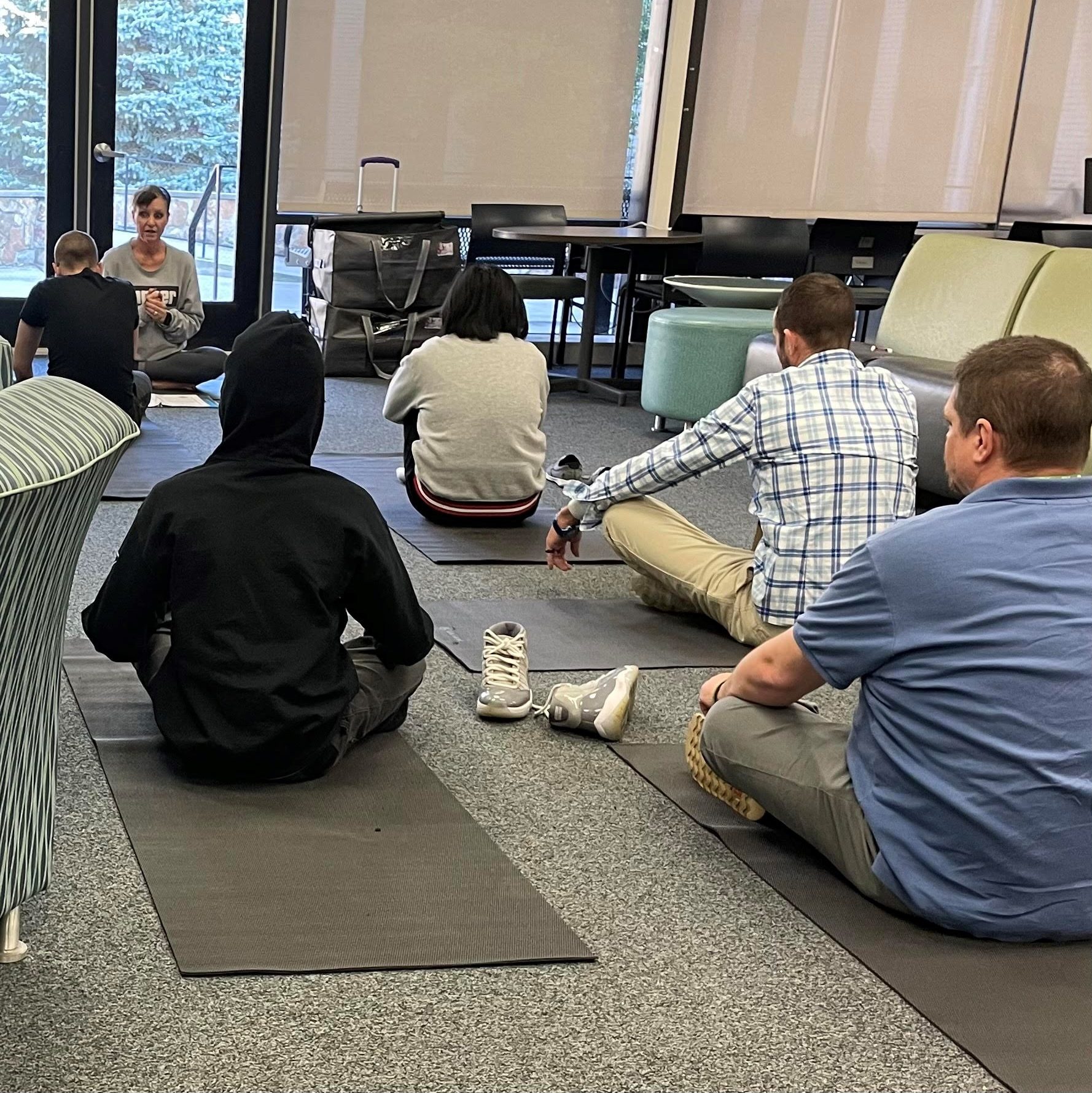
Personal Testimony: Tabitha Palmer
Due to impending deadlines, there have not been many program shares submitted lately. I have been thinking about how not all of the good things that happen in the community take place at the school building or during program hours. For this reason, I wanted to share about some of my personal experiences that changed my life.
When I think of the categories on which we report for 21st CCLC, I think about where I fit in. I grew up rural, white, female, and with an ACES score of 4. I lived with my mom growing up – my stepdad was laid off on an annual basis from his manufacturing job and my mom babysat teachers’ kids to supplement our income. I attended preschool where members of my church were the teachers. I don’t know if my siblings and I were eligible for free or reduced-price lunch because my grandmother didn’t want her family applying for assistance – she sent us home with groceries bought on sale or with coupons every time we visited her. My dad worked six days every week as a mechanic and his wife worked in food service at a local hospital, so when I visited them I was usually responsible their son on Saturdays until one of them was off work. I have lived with grandparents, in apartments, trailer parks, and finally in homes that our family owned.
I loved my tiny K-12 school where I received praise and attention for my academic pursuits, so I never hesitated to join the extra-curricular activities that were provided at no cost. If it would create a barrier for me to attend, teachers/staff who lived nearby were kind enough to provide me a ride home. Participating in the local 4H club helped me make friends – one of which whose parents often took me to events at the two local colleges which exposed me to arts, music, and people who were different from me.
Back when I was in high school they didn’t talk to girls about the military. They didn’t talk to “good students” about the local career center programs. The push was for everyone who excelled in academics to go to college without the parent engagement necessary to ensure success (for first-generation attendees). When I moved to live with my father in town I begged to remain at my school, which required me to get my driver’s license for the commute. I began babysitting and working at the county fair until I was old enough to get jobs waitressing and bagging groceries. I enjoyed having my own money and transportation and became less interested in school and more in the opportunity to build relationships with my newfound freedom.
I took a few college classes for dual credit during my senior year of high school. I turned 18 very soon after and while I didn’t consider dropping out of school, family conflict led me to secure my own apartment. I watched scholarship offer letters arrive without any understanding of how the monstrous remaining balance would be paid. Even my full-time job at the local bank wouldn’t provide for rent and tuition. I had to complete a correspondence course in English to graduate as I didn’t attend my college writing course often enough to achieve a passing grade. The summer after, my working multiple jobs and keeping late hours resulted in injuries from a serious car accident followed by the loss of my jobs and my apartment – a debilitating depression set in.
During that time, a few people reached out to help me:
My high school drama teacher and their mother ran the local and state Ohio’s Junior Miss scholarship competitions at the local theater and hired me to be the director’s assistant for the events. I had the opportunity to work behind the scenes with many talented people of different ages and be around young women who had access to resources I wasn’t even aware of.
I began babysitting regularly for one of the local college professors that lived within walking/crutching distance of where I was staying. They sat me down and made me submit an application to The Ohio State University by the March deadline that year even though I didn’t have a major, didn’t have a plan, and certainly didn’t know how I would pay for it.
My former high school art teacher invited me into the classroom to help – I worked with some of the oldest students on advanced drawing/painting techniques and framed and matted artwork for the upcoming Governor’s Youth Art Exhibition. They told me that if I was going to college I should pursue art education instead of fine arts.
None of them had any professional responsibility to do what they did. These supportive relationships and skill-building opportunities were protective factors that changed my life for the better and helped me to heal from my traumas.
We talk about outcomes in 21st CCLC in terms of improvement in assessment scores, grades, attendance, reducing suspensions, and better engaging learners, but we must remember that these are only a few school-related indicators that you are addressing students’ needs. They are not an end-goal for which you should strive in your programming. Your needs assessments and interaction with individual students will show you what you’ve accomplished throughout the years of your 21st CCLC grant work.
Neither your participation data, totals for race, sex, or free/reduced lunches nor the ACES survey can show the effects of stressors outside your students’ homes like violence, poverty, or discrimination. Isolation and a chaotic environments still challenge students and their families post-pandemic. Be creative in collecting your own local data, be it quantitative or qualitative, if you feel something is missing. You probably have some advice or something to share that could have a positive impact on a child that will never be able to be measured in a survey – so we have to keep telling our stories.
We encourage you to share with other programs your innovations and successes with 21st CCLC programming.
If you would like to be featured on this blog, please email a brief description and any attachments/links to Shannon Teague at shannon.teague@education.ohio.gov by the 9th of each month.
